2.10. Bitterness
The human palate is very sensitive to the bitter taste which, by itself, is
disagreeable but in conjunction with other tastes may contribute significantly to
product acceptance.
Bitter is one of the five basic tastes: perceived primarily at the back of the
tongue; common to caffeine and quitine.
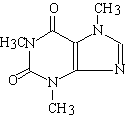 |
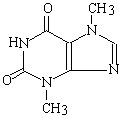 |
| Caffeine | Theobromine |
|
Three major classes of organic compounds encountered in food materials are
associated with bitterness: alkaloids (for example caffeine or theobromine),
glycosides (for example rutinose, coniferin, naringin, hesperidin), and peptides.
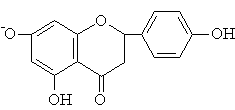 |
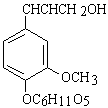 |
| Rutinose | Coniferin |
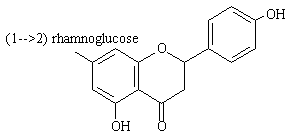 |
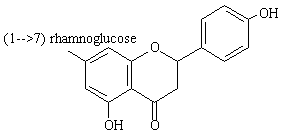 |
| Naringin | Hesperidin | |
The bitter and sweet taste sensation are frequently associated and may be produced
by the same compound at different concentrations. Small changes in structure of some
compounds can have a large effects on taste and potency.
| Sweet | Bitter |
|---|
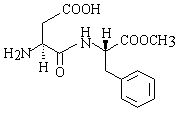 |
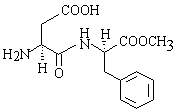 |
| Aspartame | Stereoisomer of aspartame |
| Sweet; also bitter to many individuals | Bitter |
|---|
 |
 |
| Saccharin | |
| Sweet | Bitter |
|---|
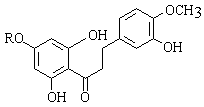 |
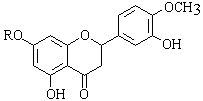 |
Neohesperidin dihydrochalcone
(R=disaccharide) | Neohesperidin
(R=disaccharide) |
| Sweet | Sweet; 650 X sucrose | Bitter |
|---|
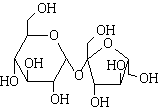 |
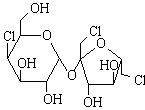 |
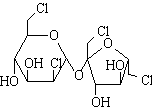 |
| Sucrose | Sucralose | |
| Sweet | Bitter | Sweet + bitter |
|---|
 |
 |
 |
| Perillartine | | |
|


